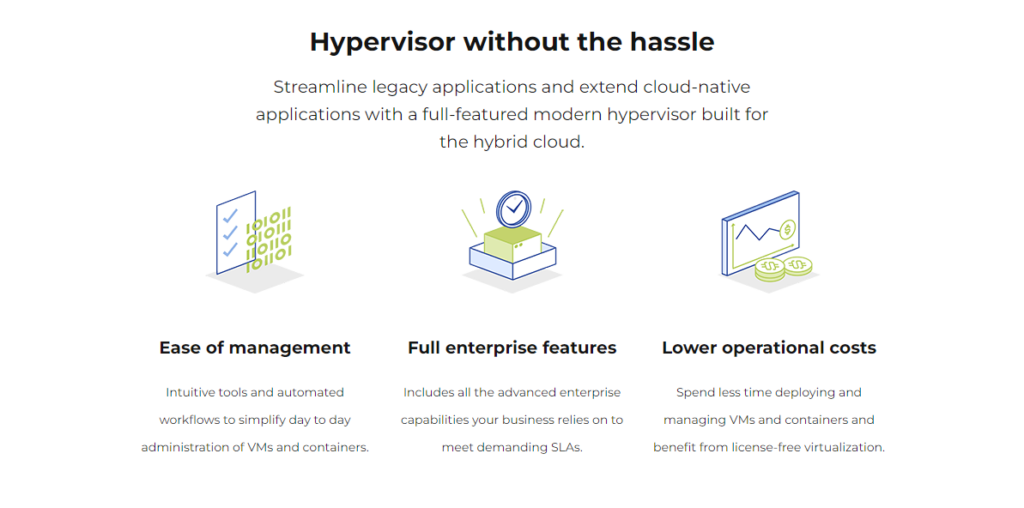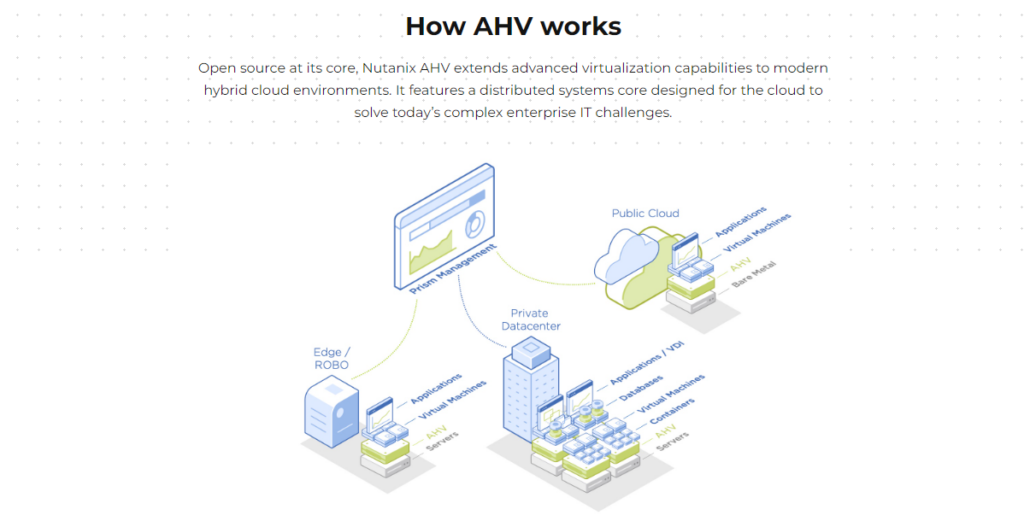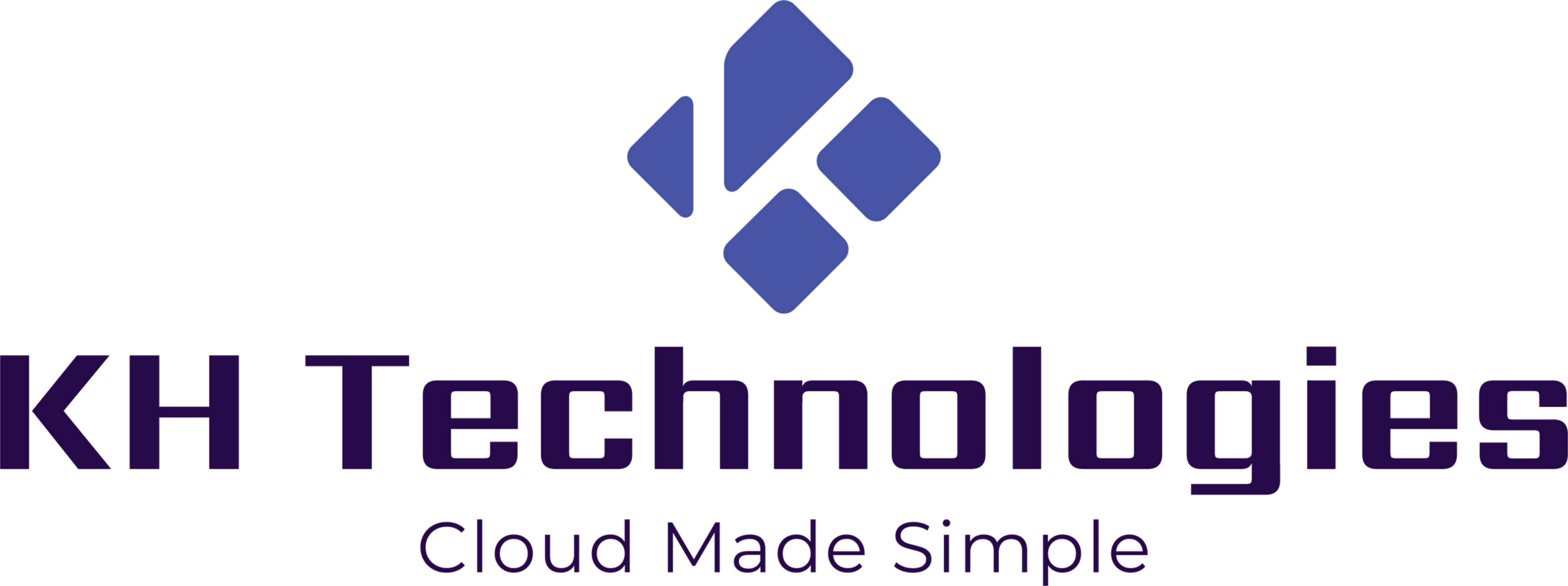Introduction
Virtualization is a pivotal technology that has revolutionized the way modern IT infrastructure operates. By abstracting physical resources and creating virtual instances, virtualization enables efficient utilization of hardware, enhances scalability, and provides agility to businesses.
It has become a cornerstone in data centers, enabling organizations to optimize resource allocation, improve disaster recovery capabilities, and streamline management processes. In this article, we will delve into the world of virtualization and compare two leading solutions in this domain: VMware and Nutanix.
Both VMware and Nutanix have established themselves as top players in the market with their comprehensive virtualization offerings. They have garnered significant attention due to their ability to empower organizations with the advantages of virtualization while addressing unique challenges faced by businesses today.
The Importance of Virtualization in Modern IT Infrastructure
Virtualization has transformed IT infrastructure by decoupling software from hardware, allowing multiple operating systems or applications to run on a single physical server simultaneously. This approach not only optimizes resource usage but also simplifies management processes through centralized control. One of the key advantages of virtualization is its ability to improve scalability.
Traditionally, businesses often faced challenges when it came to rapidly scaling their infrastructure due to limitations imposed by physical hardware. With virtualization, organizations can easily add or remove resources as needed without disrupting existing workloads.
Furthermore, virtualization enhances disaster recovery capabilities through features like snapshot-based backups and live migrations of running systems between hosts. This ensures business continuity even in the face of failures or disasters.
Introduction to VMware and Nutanix as Leading Virtualization Solutions
VMware is undoubtedly one of the pioneers in the field of virtualization technology. With its flagship product vSphere, VMware offers a robust hypervisor architecture that forms the foundation for building highly scalable virtualized environments.
vSphere enables organizations to consolidate servers, optimize resource utilization, and simplify management through its comprehensive suite of tools like vCenter Server. On the other hand, Nutanix has emerged as a disruptive force in the hyperconverged infrastructure (HCI) market.
Going beyond traditional virtualization, Nutanix provides an integrated platform that combines compute, storage, and networking resources into a single appliance. Nutanix’s Acropolis Hypervisor (AHV) offers advanced features like self-healing capabilities and a distributed storage fabric.
The simplified management experience offered by Nutanix Prism interface further sets it apart from its competitors. Both VMware and Nutanix have amassed a loyal customer base due to their comprehensive solutions that cater to the evolving needs of organizations in an increasingly virtualized world.
Understanding VMware
History and Evolution of VMware as a Pioneer in Virtualization Technology
In order to grasp the significance of VMware in the virtualization landscape, it is essential to delve into its history and evolution. Founded in 1998, VMware played a pivotal role in revolutionizing the concept of virtualization, enabling organizations to leverage their hardware resources effectively. It all began with their groundbreaking product, VMware Workstation, which allowed users to run multiple operating systems simultaneously on a single physical machine.
This marked the inception of x86-based virtualization technology. As time progressed, VMware introduced vSphere as their flagship product, reinforcing their position as pioneers in the virtualization domain.
vSphere encompasses various components that collectively form a powerful platform for managing and provisioning virtualized resources. With each new release, VMware has consistently enhanced its features and functionalities to meet evolving demands.
Overview of VMware’s Flagship Product: vSphere and Its Features
At the core of VMware’s extensive product portfolio lies vSphere – an enterprise-grade virtualization solution renowned for its robustness and scalability. vSphere provides a comprehensive suite of tools designed to optimize resource utilization while streamlining management tasks. The fundamental component within vSphere is its hypervisor architecture – a lightweight software layer that enables multiple operating systems (known as guest OS) to run on a single physical server concurrently.
This hypervisor abstracts hardware resources and partitions them into isolated virtual machines (VMs), ensuring efficient allocation without compromising performance or security. Furthermore, centralizing control is made possible through vCenter Server – an integral part of vSphere management infrastructure.
Acting as a centralized command center, it empowers administrators with full visibility and control across all VMs running on different hosts within the environment. From provisioning new VMs to monitoring performance metrics or applying security policies uniformly across clusters – vCenter Server simplifies day-to-day operations significantly.
Another crucial aspect of vSphere is its high availability (HA), fault tolerance (FT), and disaster recovery (DR) capabilities. HA ensures that in the event of a host failure, VMs are automatically restarted on other hosts within the cluster, minimizing downtime.
FT takes it a step further by providing continuous availability for mission-critical applications through real-time replication of VMs. Additionally, VMware Site Recovery Manager (SRM) enables organizations to implement robust DR strategies, ensuring minimal data loss and rapid recovery in case of site failures or disasters.
VMware’s vSphere stands as a testament to their pioneering role in virtualization technology. Its hypervisor architecture, coupled with management tools like vCenter Server and advanced features such as HA, FT, and DR capabilities, make it an indispensable choice for organizations seeking a mature and reliable virtualization solution.
Background on Nutanix as a Disruptive Force in the Hyperconverged Infrastructure (HCI) Market
Nutanix has emerged as a significant player in the hyperconverged infrastructure (HCI) market, challenging traditional infrastructure approaches with its innovative solutions. Founded in 2009, Nutanix quickly gained recognition for its pioneering work in web-scale hyperconvergence, which combines storage, compute, and networking resources into a single software-defined platform.
This disruptive approach eliminates the need for separate silos of infrastructure components, leading to improved efficiency and scalability. In an HCI setup, Nutanix’s architecture integrates compute and storage resources into individual nodes called “blocks,” forming a distributed system that allows for seamless scalability as workload demands increase.
By leveraging commodity hardware and sophisticated software intelligence, Nutanix delivers powerful capabilities to enterprises of all sizes. The company’s commitment to innovation has earned it widespread adoption across various industry verticals such as finance, healthcare, education, and technology.
Overview of Nutanix’s Core Product: Acropolis Hypervisor (AHV)

At the core of Nutanix’s solution lies the Acropolis Hypervisor (AHV), an enterprise-grade virtualization platform designed specifically for hyperconverged environments. AHV offers businesses a reliable alternative to traditional hypervisors like VMware vSphere or Microsoft Hyper-V. It provides secure isolation between virtual machines (VMs) while utilizing advanced management capabilities.
One notable advantage of AHV is its compatibility with industry standards such as VMUG’s EVO:RAIL program or OpenStack integration APIs. This ensures seamless interoperability with existing IT infrastructure components and simplifies the adoption process for organizations already invested in virtualization technologies.

Unique Features like Self-healing Capabilities and Distributed Storage Fabric
Nutanix differentiates itself by incorporating unique features into its solution, specifically geared towards enhancing system resilience and efficiency. One such feature is self-healing, which enables the platform to automatically detect and address hardware or software failures at the infrastructure level.
By continuously monitoring the health of nodes and distributed storage, Nutanix’s self-healing capabilities minimize service disruptions and reduce operational overhead. Another noteworthy aspect is Nutanix’s distributed storage fabric, which allows for highly efficient data management across multiple nodes within a cluster.
This architecture eliminates the need for traditional RAID configurations while ensuring data integrity through advanced erasure coding techniques. The distributed storage fabric optimizes performance by intelligently distributing data across available resources, maximizing I/O throughput and minimizing latency.
Simplified Management through Prism Interface for Streamlined Operations
Nutanix further simplifies virtualization management with its intuitive Prism interface. Prism serves as a single-pane-of-glass management console that provides administrators with comprehensive visibility into their entire hyperconverged infrastructure.
Through Prism, users can efficiently manage compute, storage, networking, and virtualization resources in a unified manner. Prism offers an array of features that streamline operations and enhance overall infrastructure efficiency.
These include proactive analytics and automated insights for identifying potential issues before they impact performance or availability. Additionally, Prism simplifies day-to-day tasks such as provisioning VMs, creating snapshots for backups or testing purposes, configuring network settings, monitoring resource utilization in real-time, and performing upgrades seamlessly.
With its user-friendly interface and robust capabilities rooted in HCI principles like simplicity and scalability without compromising functionality or performance – Nutanix’s Prism empowers IT teams to focus more on strategic initiatives rather than routine administrative tasks. Nutanix has revolutionized the hyperconverged infrastructure market with its innovative approach to combining compute and storage resources into a single software-defined platform.
The Acropolis Hypervisor (AHV) offers businesses a reliable and compatible alternative, while unique features such as self-healing capabilities and distributed storage fabric enhance system resilience and efficiency. The streamlined management offered through the Prism interface further solidifies Nutanix’s position as a leader in the hyperconverged infrastructure space.
Performance and Scalability
Analysis of resource utilization efficiency between the two platforms
When it comes to performance and scalability, both VMware and Nutanix offer robust solutions that cater to the varying needs of modern IT infrastructures. VMware’s vSphere has long been recognized for its ability to efficiently allocate resources and deliver high performance. With its hypervisor architecture, vSphere ensures that workloads are isolated from one another, preventing any potential resource contention issues.
This allows for optimized utilization of CPU, memory, storage, and network resources across virtual machines. On the other hand, Nutanix embraces a hyperconverged infrastructure (HCI) approach that integrates compute, storage, and networking components into a single appliance.
By leveraging distributed storage fabric and advanced data locality mechanisms, Nutanix’s Acropolis Hypervisor (AHV) maximizes resource utilization by dynamically moving data closer to where it is most frequently accessed. This effectively minimizes latency while ensuring efficient use of computing power.
Scalability options for handling growing workloads
Scalability is a critical factor in today’s rapidly evolving IT landscape where businesses need their infrastructures to grow seamlessly along with their expanding workloads. Both VMware and Nutanix provide scalable solutions tailored to meet the demands of modern enterprises.
VMware’s vSphere offers robust scalability options through features like vMotion, which enables live migration of virtual machines across physical hosts without service interruption. With Distributed Resource Scheduler (DRS), vSphere automatically balances workloads across hosts in a cluster based on resource utilization levels.
This allows organizations to easily scale their virtualized environments horizontally by adding additional hosts when needed. Nutanix’s AHV also excels in scalability capabilities by providing linearly-scalable architecture that allows organizations to start small and expand gradually as workload requirements increase over time.
With Nutanix Prism management interface, administrators can easily add nodes to the cluster and seamlessly distribute resources across the environment. This flexibility ensures that organizations can scale their infrastructure efficiently while maintaining high performance and resource utilization.
Advanced Functionality Comparison
A. Disaster Recovery & Business Continuity
Conclusion
Both VMware and Nutanix excel in providing advanced functionality for virtualized environments while addressing different needs within IT infrastructures. VMware’s vSphere suite offers extensive management tools with robust disaster recovery capabilities through its Site Recovery Manager (SRM).
On the other hand, Nutanix integrates disaster recovery seamlessly into its hyperconverged infrastructure platform with distributed storage fabric. Ultimately, the choice between VMware and Nutanix comes down to specific requirements, budget constraints, and organizational preferences.
While VMware has been an industry leader for years with its mature ecosystem and broad range of features, Nutanix has emerged as a disruptive force with its simplified HCI architecture that combines compute and storage into a single platform. Regardless of the choice, both VMware and Nutanix offer powerful solutions that enable organizations to build resilient virtualized environments, ensuring business continuity and efficient disaster recovery processes.
By considering the unique features and strengths of each platform, organizations can make an informed decision that aligns with their specific needs and goals. Embracing either VMware or Nutanix will undoubtedly empower businesses to unlock the full potential of virtualization technology and elevate their IT infrastructure to new heights.
We are experts in the Multi-Cloud Datacenter environment and would like to speak with you to discuss your specific datacenter configuration and needs. If you are looking for a datacenter solution and/or are coming up on your VMWare renewal, we will have one of our Multi-Cloud Specialists get back to you within 24 hours so you can get started today.


